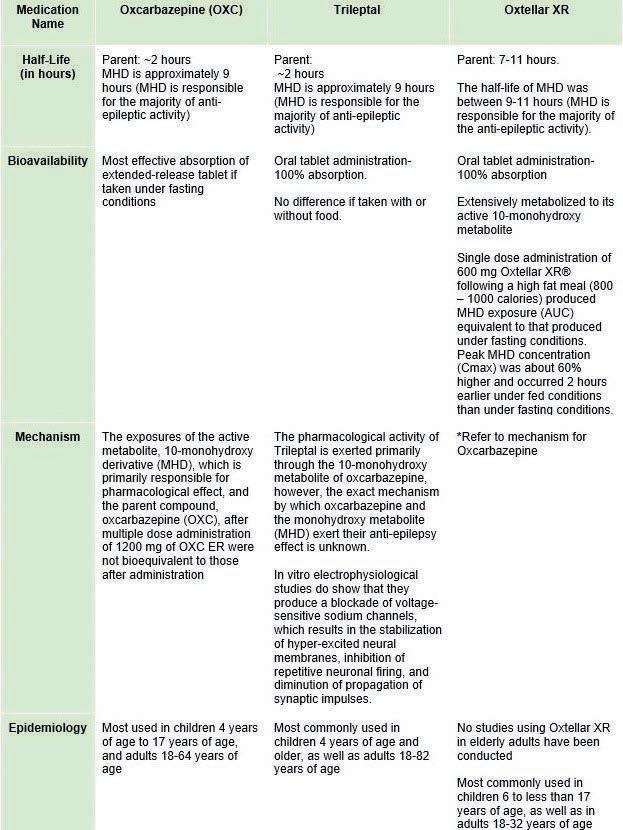Scholarly Research In Progress • Vol. 5, November 2021
The Relationship between Food Deserts and the Prevalence of Type 2 Diabetes in Communities in Southeastern Pennsylvania Stephen O. Adeniyi1*, Adewale O. Awoyemi1*, Daniel O. Ayodele1*, Cheryl A. Frazier1*, Yvette M. Johnson1*, Cathie-Allegra Z. Nkabyo1*, and Theodore J. Tucker1* ¹Geisinger Commonwealth School of Medicine, Scranton, PA 18509 *Master of Biomedical Sciences Program Correspondence: cnkabyo@som.geisinger.edu
Abstract Limited access to healthy food has been linked to an increase in diabetes, specifically Type 2 diabetes. Food deserts contribute to the limited access of healthy foods due to their lack of fresh produce and other healthy food options. We evaluated the relationship between food deserts and the rates of diabetes in southeastern Pennsylvania using the Community Health Database Analysis Tool from the Public Health Management Corporation (PHMC). For the purpose and focus of this research, the measured variables included prevalence of food deserts, socioeconomic status, and population size in the Southeastern Pennsylvania (SEPA) online data analysis tool. The PHMC data from 2018 included a sample size of 7,501 household interviews in the 5-county area of southeastern Pennsylvania. A higher prevalence of diabetes was expected in these communities due to limited access to healthy foods. Results revealed that non-poor communities in Bucks, Chester, Delaware, Montgomery, and Philadelphia counties have the highest prevalence of Type 2 diabetes, despite having increased access to supermarkets. Therefore, access to supermarkets and grocery stores had no statistically significant relation with the prevalence of diabetes. Other factors such as access to health care and education were not considered in this study. More research on this topic is needed to gain greater insight into diabetes and food desert relationships. Results from this study can be used to increase awareness and inform local government officials about the relationship between food deserts and the prevalence of diabetes.
Introduction Despite an abundance of supermarket retailers like ShopRite, Walmart, and Kroger in the United States (U.S.), lack of access to fresh and healthy foods in certain communities is a pressing issue. These communities are referred to as “food deserts” and defined by public health officials as “geographic areas that lack sufficient access to grocery stores…” (1). According to the United States Department of Agriculture (USDA) (2), 6,500 food deserts were identified by correlating data from the 2000 U.S. census and data of supermarket and grocery locations in 2006 (3). From a public health standpoint, it is important to identify and improve communities that still lack access to fresh produce to prevent diseases associated with unhealthy diets. Food deserts tend to be observed in low-income communities that experience racial and economic disparities (3). Currently, 32 million adults living in the U.S. have been diagnosed with diabetes (4). As defined by the CDC, social determinants of health (SDOH) are conditions in the places where people live, learn, work, and play that affect a wide range of health and quality of life risks and outcomes. Based on the 168
CDC SDOH guidelines, residents of Philadelphia County are 92.04% more likely to be diagnosed with diabetes, compared to New York, Los Angeles, and Cook (Illinois) counties — 63.93%, 76.82%, and 80.20%, respectively (4). In comparison to other counties in the U.S., Los Angeles County is 76.82% more vulnerable, New York County is 63.93% more vulnerable, and Cook County (Illinois) is 80.20% more vulnerable (4). Additionally, in Philadelphia County 11.6% of the population has been diagnosed with diabetes compared to 9.1% in Los Angeles County, 6% in New York County, and 9% in Cook County (4). A diagnosis of diabetes may lead to other chronic diseases and conditions like kidney disease, heart disease, vision loss, and amputation (6). Diabetes is the sixth leading cause of death in Philadelphia and affects those living in poverty twice as much as those not living in poverty (5). Other risk factors of diabetes are obesity, smoking, physical inactivity, high blood pressure and high cholesterol (5). Food deserts have been shown to be a significant risk factor associated with diabetes, along with other SDOH having an impact such as low income, unstable housing, substandard education, and unhealthy environmental conditions. Low-income residents in food deserts face a variety of disadvantages, reflective of the inadequacy of the built environment. These include lower annual median household income, unequal access to educational and economic opportunities, and housing instability. Thus, SDOH needs to be considered when striving toward improving diabetes health outcomes. This is in part because the existence and cohesion to an adequate diet are the cornerstones to diabetes prevention and management (7). Previous research has demonstrated that there is no monotonic relationship between deficient food environments and diabetes. Alternatively, areas of limited access, food deserts, as well as areas of high concentration of health-harming food outlets are both associated with Type 2 diabetes (8). Understanding food deserts and their effect on the health of lower income individuals is vital when attempting to comprehend why certain populations may encounter diabetes more frequently. People who live in food-insecure households are two to three times more likely to have diabetes than those who live in food-secure households (9). This may be related to the discrepancy in the number of resources such as safe housing and local food markets in low-income versus affluent neighborhoods to sustain a healthy lifestyle. In southeastern Pennsylvania lower-income areas, there are more likely to be an abundance of fast-food restaurants and a scarcity of grocery stores (10). Unfortunately, there are many gaps in research on food deserts. When discussing research methods, investigators have mostly












































